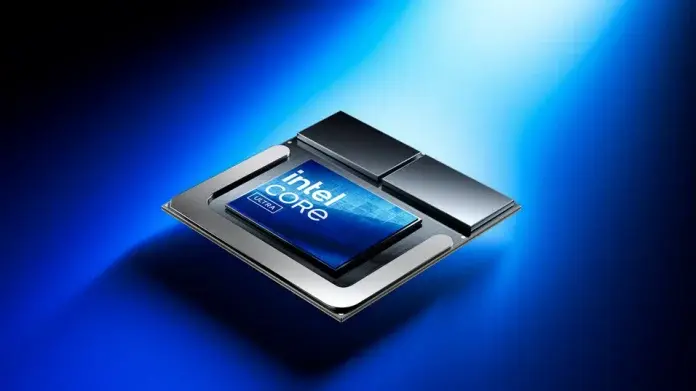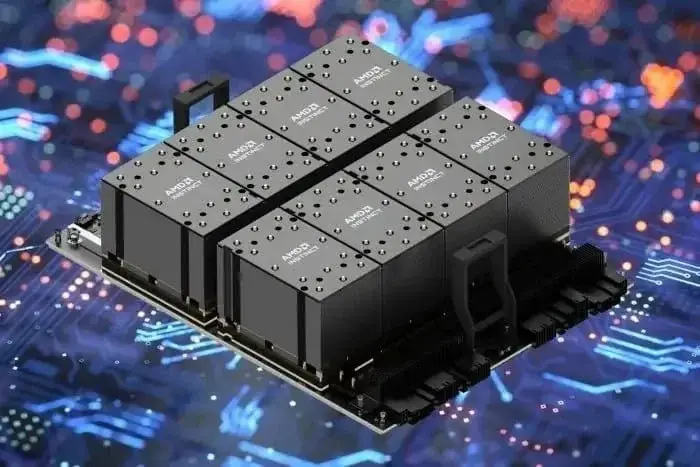Intel has recently introduced its most efficient series of x86 processors, the Intel Core Ultra 200V series, which promises significant advancements in performance, energy efficiency, and AI computing. These processors also come with enhanced integrated graphics. Here’s a comprehensive overview of what they offer.
Intel Core Ultra 200V Series: Enhancements and Innovations
Intel’s new Core Ultra 200V series is engineered to deliver superior performance with improved power efficiency. Designed for next-generation AI PCs, these processors are said to use up to 50 percent less power while achieving up to 120 TOPS in performance across the CPU, GPU, and NPU. The series features Intel’s fourth generation NPUs, offering speeds up to four times faster than the previous generation.
This series aims to revolutionize PCs by ensuring every model is both productive and capable of providing up to 20 hours of battery life with regular usage. With AI enhancements, Intel can utilize over 500 optimized AI models for content creation, security, productivity, and gaming—four key areas where Intel’s latest technology will be applied.
Enhanced Graphics Capabilities
In addition to increased speed and efficiency, Intel has upgraded the graphics capabilities of these new processors with the Xe2 integrated graphics. The Xe2 offers a 30 percent improvement over its predecessors. The built-in Intel Arc GPUs now boast up to 8x 2nd Gen Xe cores, 8x Ray Tracing units, and support for up to three 4K monitors. The new Intel Xe Matrix Extension AI delivers up to 67 TOPS, benefiting applications in creative sectors and gaming.
How Does It Compare to Competitors?
To demonstrate the capabilities of its new AI processors, Intel compared them with AMD’s Ryzen HX 370 series, Qualcomm’s Snapdragon X Elite, and Apple’s M3. The Core Ultra 200V processors reportedly deliver up to three times the performance per thread and an 80 percent increase in peak performance, all while supporting battery life of up to 20 hours.
The flagship Core Ultra 9 2988V surpassed the Ryzen HX 370, Snapdragon X Elite, and Apple M3 in terms of speed and power efficiency. Intel highlighted the efficiency of these processors using a laptop equipped with a 72Wh battery, which lasted up to 14 hours with productivity applications or 9.5 hours on Microsoft Teams.
Availability and Launch Details
The Intel Core Ultra 200V processors are currently available for preorder and are set to be globally released starting September 24, 2024. LG Electronics will be the first to unveil the new lineup, featuring the LG Gram 16 Pro with the Intel Core Ultra processor (Series 2), at the Intel Core Ultra Global launch event. Other major brands such as Acer, Dell, GP, MSI, and Samsung are expected to release their versions shortly thereafter.






